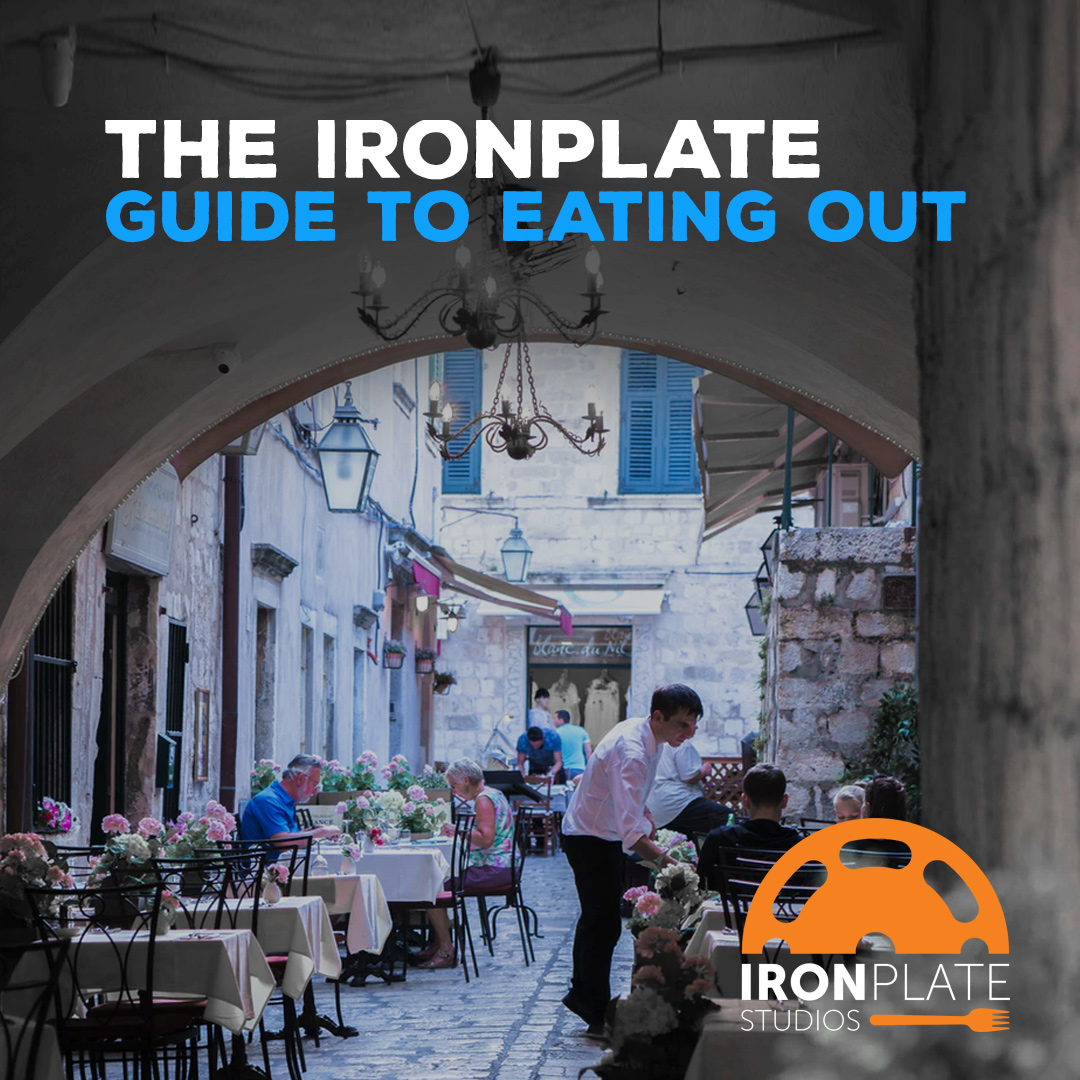Who doesn’t LOVE sleep?! Unfortunately, the majority of us don’t seem to get enough of it for varying reasons and it could be hurting our health. It’s recommended that the average adult gets somewhere between 7 and 9 hours of sleep per night, however, ⅓ of us average less than 6.5 hours per night. Trying to fit everything we need to get done into 24 hours can be tough and leave us feeling groggy, stressed, and actually more unproductive.
Fun fact: Guinness Book of World Records says the longest a person went without sleep was 11 days and 25 minutes. And you thought you were tired!
Although scientists aren’t sure exactly why we sleep, they have discovered that it is important for:
Restoration
Controlling body temperature
Controlling metabolism
Immune function
Keeping heart and blood vessels healthy
Tissue repair and growth
Regulating appetite and weight
Reducing stress
Improving Memory
Lack of sleep causes:
Decreased alertness
Impaired memory
Increased risk for car accidents
Increased stress
Prolonged lack of sleep: increases blood pressure, increases risk of heart attack and stroke, depression, obesity
There is good news though! A short midday nap (think 10-20 minutes) can provide major benefits to our health and wellness and even help us catch up on some of those zzz’s we may be missing. Short naps have been shown to:
improve memory
Improve cognitive function
Improve mood
Promote relaxation
Alertness
Improve productivity
Many companies such as Google, NASA, Ben & Jerry’s, Uber, Zappos and Nike all promote and provide an area to rest and nap on the job. They’ve realized that their employees’ alertness, productivity and mood are improved when they practice a more preventative approach to health. (Rumor has it even IronPlate Studios has a place to nap :-p) Here’s to hoping more companies follow suit!
Monday, March 11th, is National Napping Day and we encourage you to take advantage for your health! Find a quiet place in the office or hide under your desk and take a 10-20 minute power nap. You can tell your boss we made you do it!
Sources:
https://medium.com/thrive-global/the-biggest-brain-benefits-of-taking-a-daily-nap-c82d1b0f15a0
http://healthysleep.med.harvard.edu/healthy/matters/benefits-of-sleep
https://www.mayoclinic.org/healthy-lifestyle/adult-health/in-depth/napping/art-20048319
https://health.clevelandclinic.org/happens-body-dont-get-enough-sleep/
https://www.precisionnutrition.com/all-about-sleep


























































